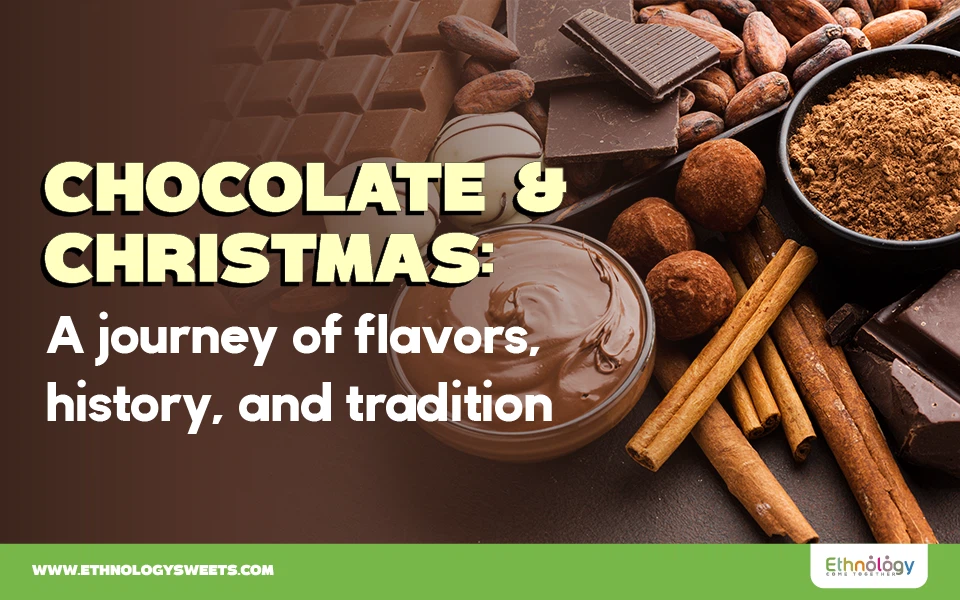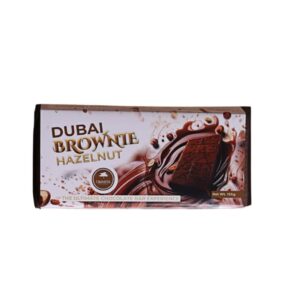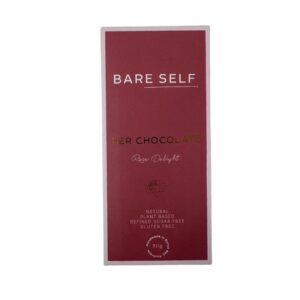Why Is Chocolate a Christmas Tradition?
Chocolate has become an integral part of the Christmas tradition. It comes in countless delightful variations that warm the heart and charm the taste buds of both young and old. You’ll find it in advent calendars, pastry logs, chocolate bars, on dinner tables, and tucked under the Christmas tree. But how did this delicious treat become such a central part of the holiday season?
Discover how chocolate became a symbol of nobility
The cocoa bean was first discovered in ancient times by pre-Columbian peoples—Aztecs, Toltecs, Mayans, and others—living in Mesoamerica. Thanks to its nutritional value and health benefits, it became a precious commodity. These civilizations revered cacao to the extent that they sometimes used it as currency.
Once the Americas were colonized, Aztec chocolate recipes made their way across the ocean and began to conquer Europe. By the 16th and 17th centuries, chocolate had grown rare and precious, enjoyed exclusively by the elites who had access to this luxury.
The tradition of the Advent calendar and its modern evolution with chocolate
Back in the 5th century, the clergy ordered three days of fasting per week during the period before the advent of Jesus Christ. The word “advent,” derived from the Latin “adventus,” gives its name to this season. To entertain children and keep them excited about the approach of Christmas Day over the course of 24 days, Protestant families would give them a triptych each morning. The children would open a small window to discover a religious image. Over time, these little windows evolved, eventually concealing delicious chocolates in our modern Advent Calendars.
Nowadays, people either buy advent calendars or craft their own by choosing their favorite chocolates. Examples include Cote d’Or from Ethnology, the newest Dubai chocolate edition, or even Asbach brandy chocolates for sharing with friends.
The History of the Yule Log and Chocolate
In the Middle Ages, families prepared for the coldest part of the year by burning a single log of wood in the fireplace for as long as possible, ensuring their reserves lasted until the end of winter. As modern appliances made this practice unnecessary, the “log” evolved into a decorative piece.
When chocolate arrived in Europe during the 16th century, it inspired a new and emblematic dessert shaped like a log—this gave birth to the Yule log. Today, this dessert can be found in many forms, often made with chocolate, fruit, and other delicacies, keeping the tradition alive in a sweet new way.
Sharing Chocolate: A Gesture of Goodwill and Affection
Gifting chocolates during the Yuletide season is more than just a treat; it’s a gesture of goodwill and affection that aligns perfectly with another core principle of Christmas—generosity. Sharing a box of chocolates with friends and family reflects the spirit of togetherness and the warmth of the holiday season.
But chocolate’s appeal isn’t limited to December festivities. It’s also associated with romance and love, making it a popular gift choice for Valentine’s Day, anniversaries, and other special moments. Moreover, many people turn to chocolate for comfort and stress relief during challenging times, making it a truly versatile and meaningful indulgence.
A Popular Choice for Gifting
In the United States, over 60% of the population is considering gifting chocolate this year. Interestingly, around 70% of that group will be millennials, who love to give original, delicious, and memorable presents. To meet this demand, Ethnology offers a wide variety of international chocolates from Belgium, France, Italy, The Netherlands, Mexico, and more, ensuring that everyone can find the perfect chocolate to share or enjoy on their own this holiday season.
















